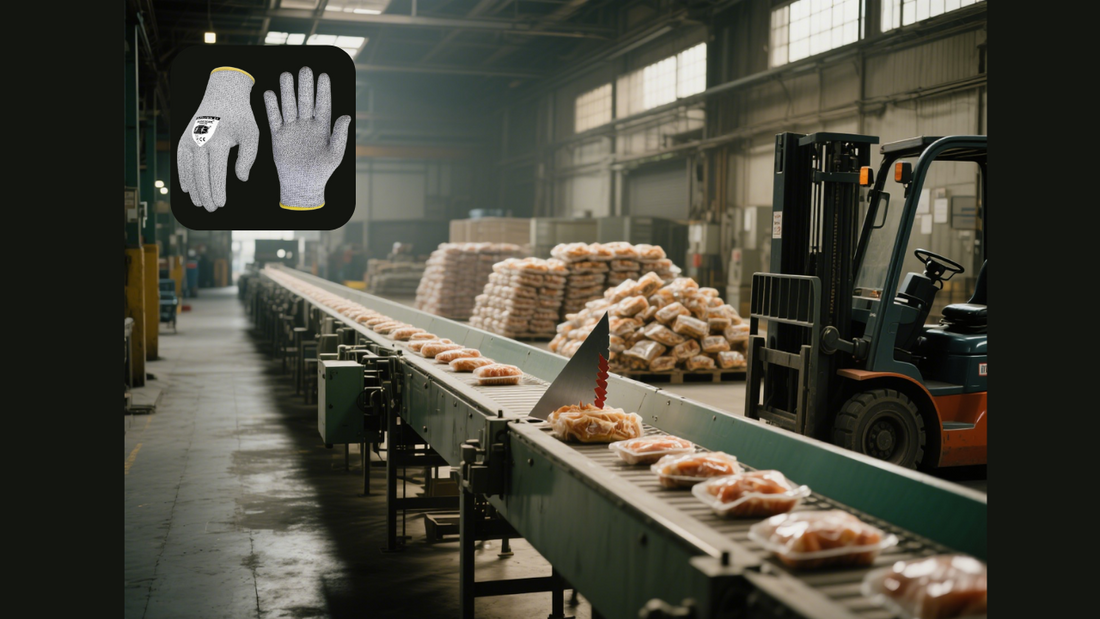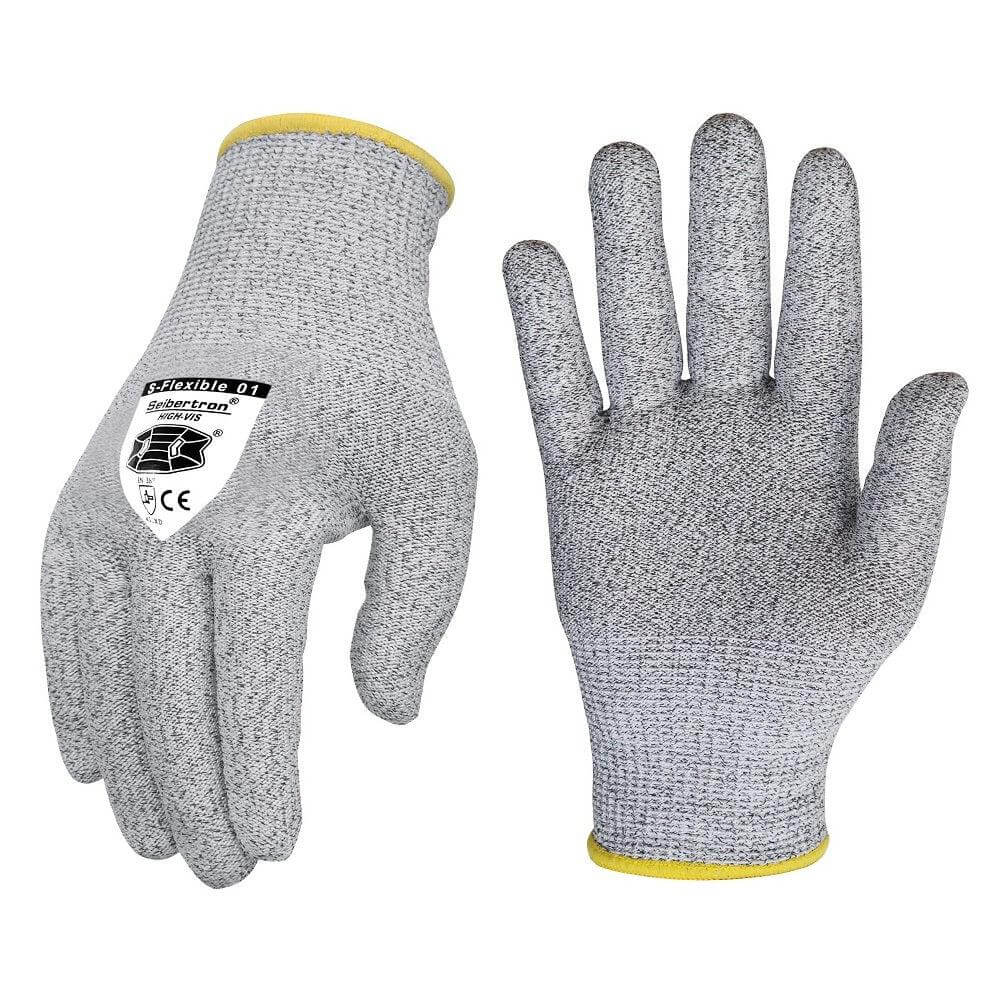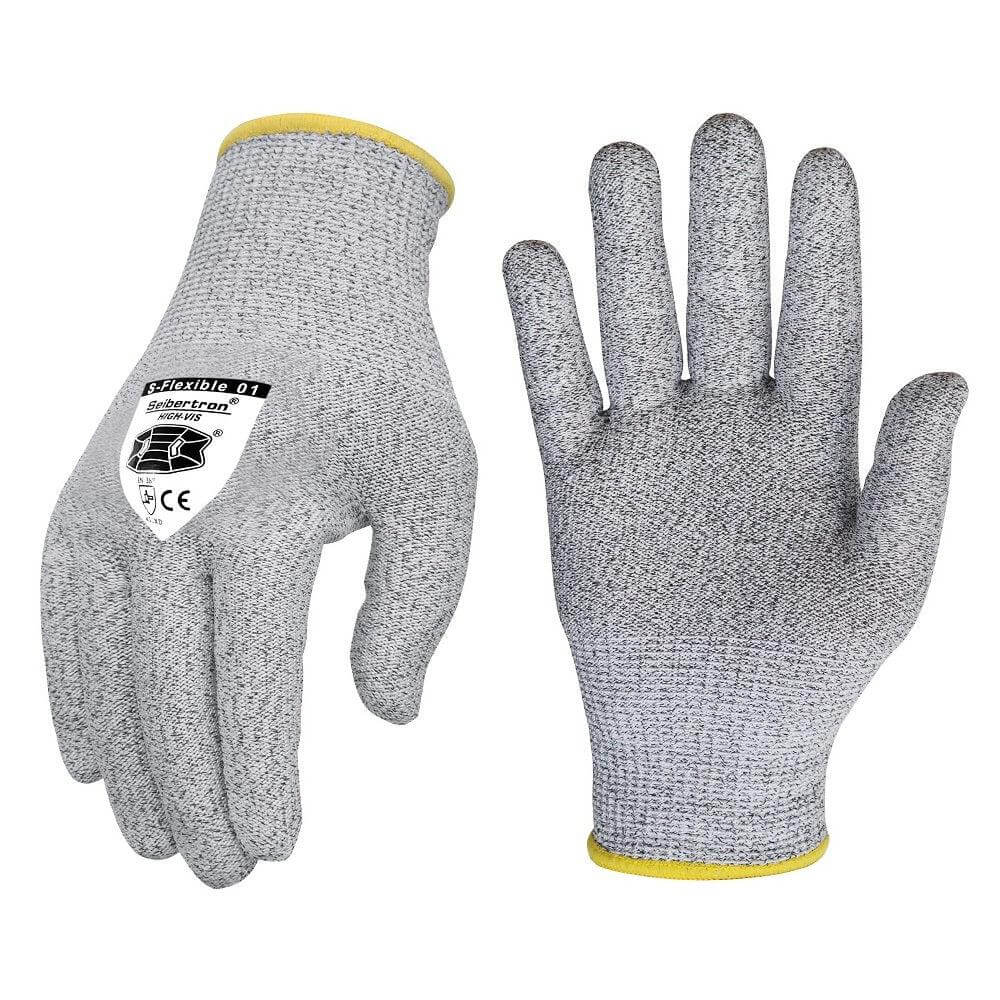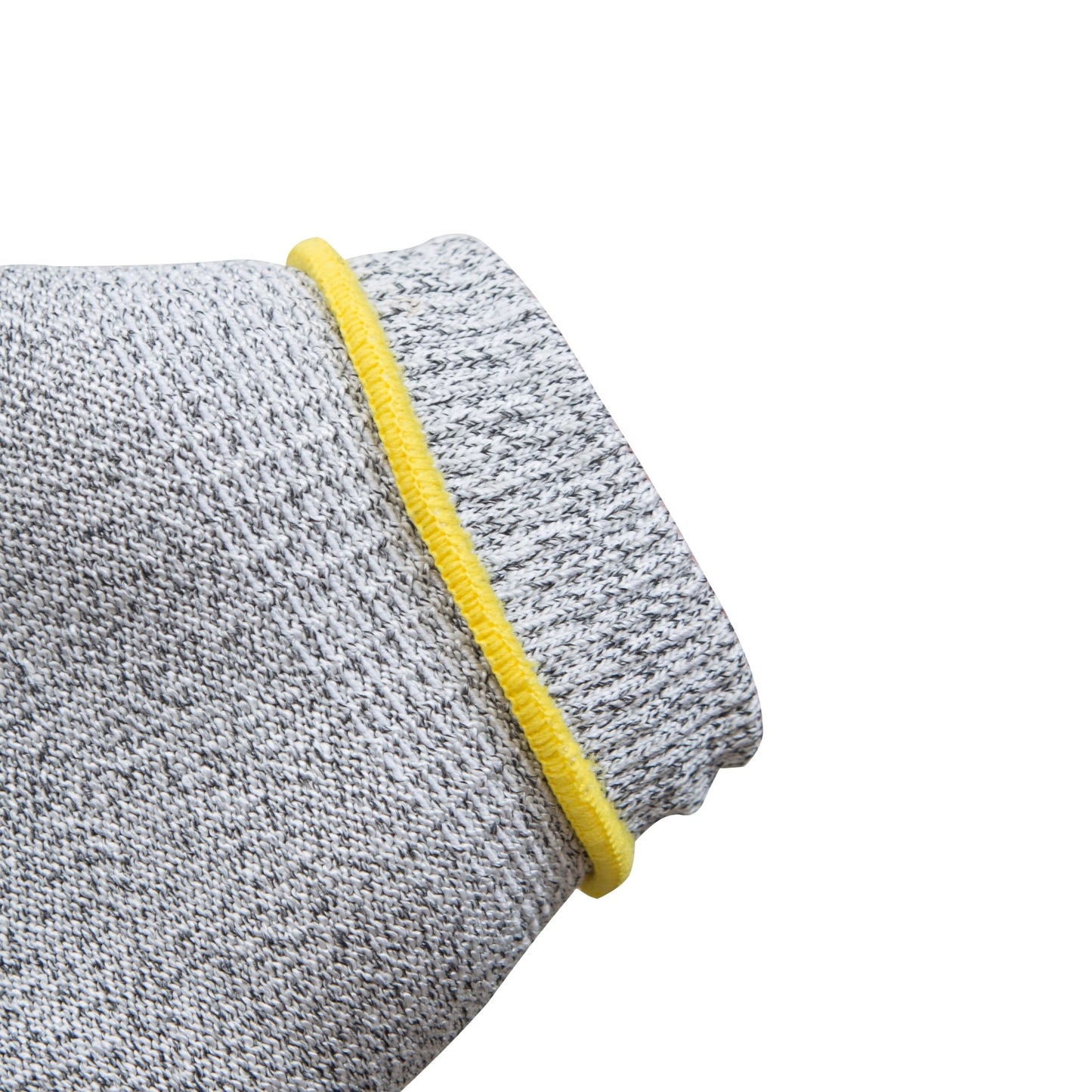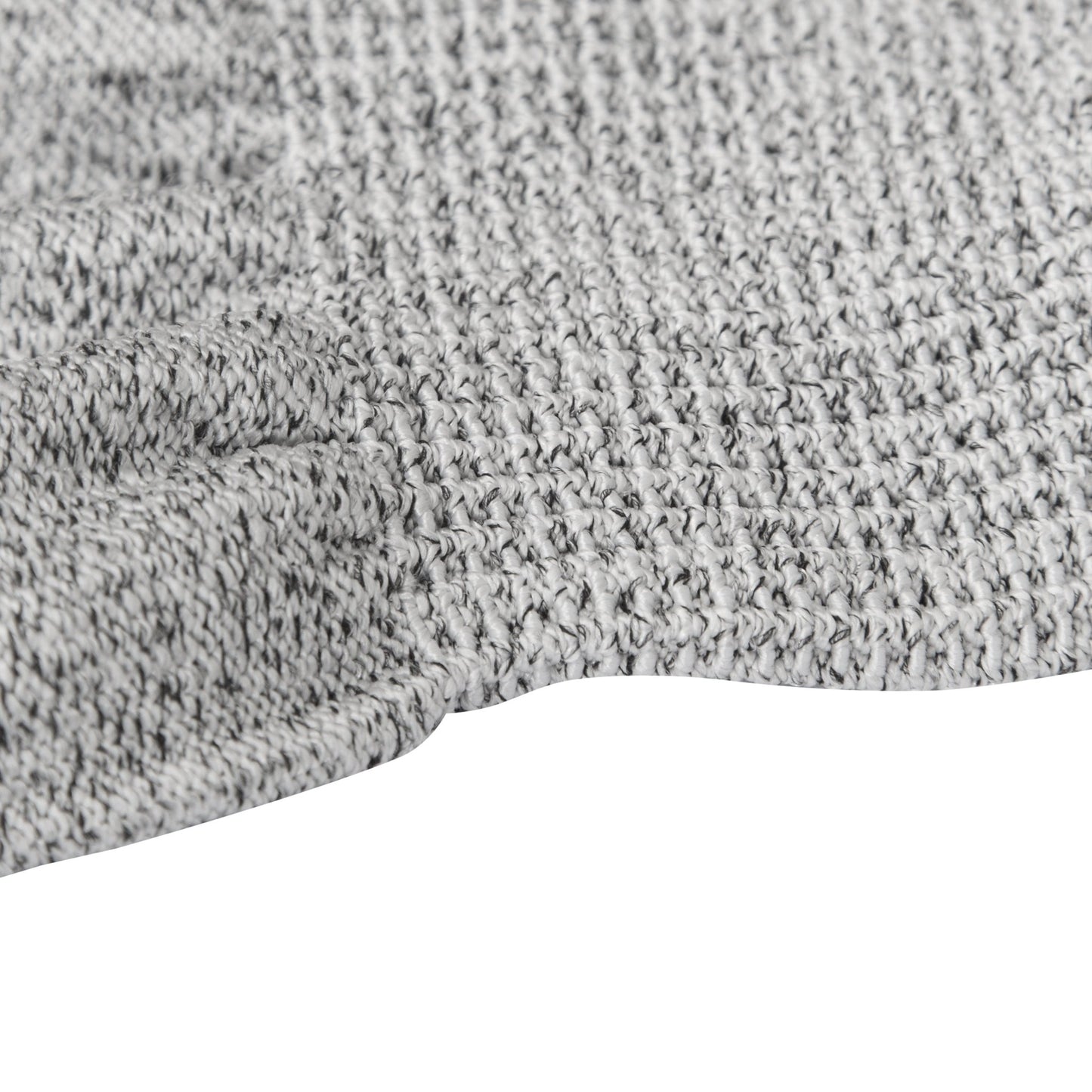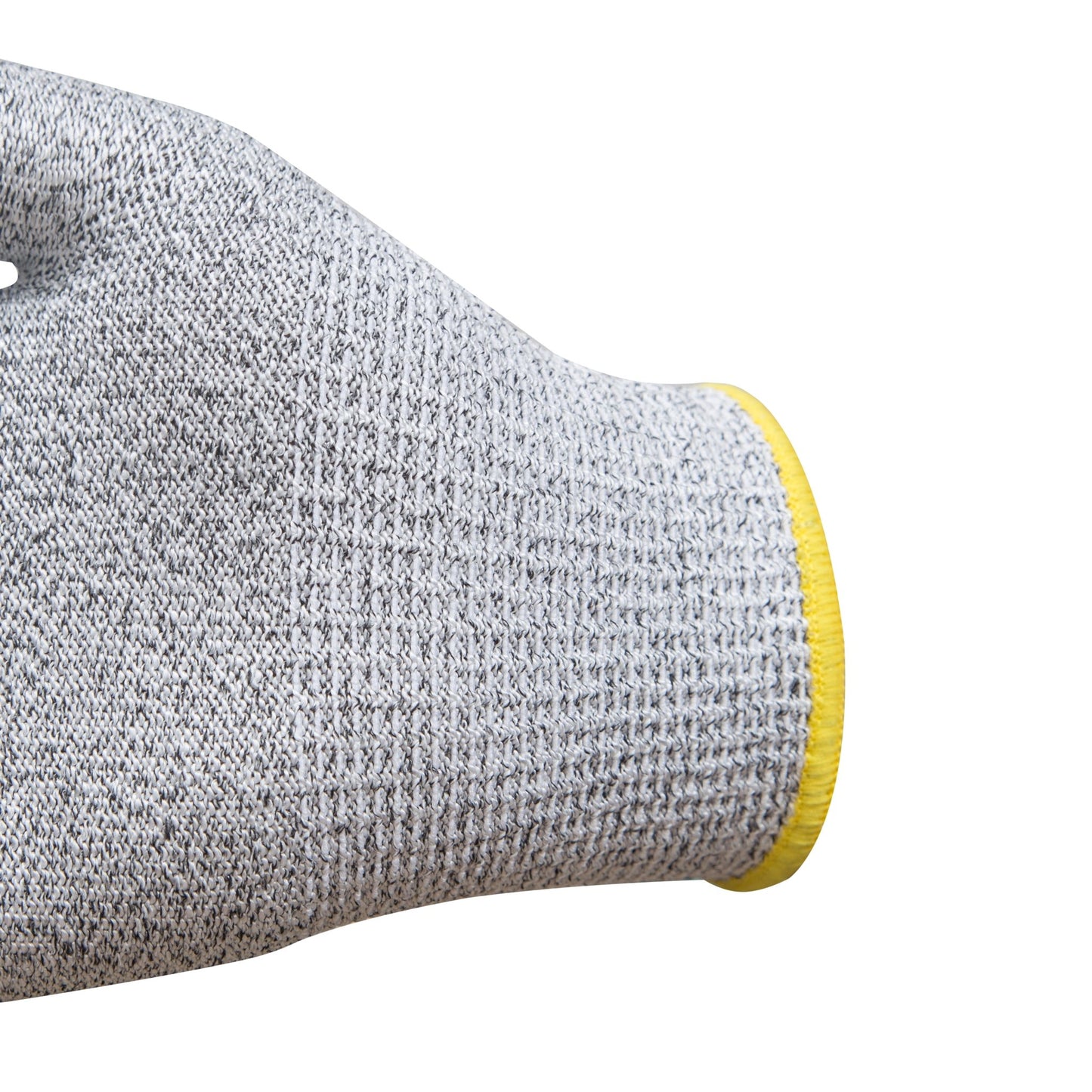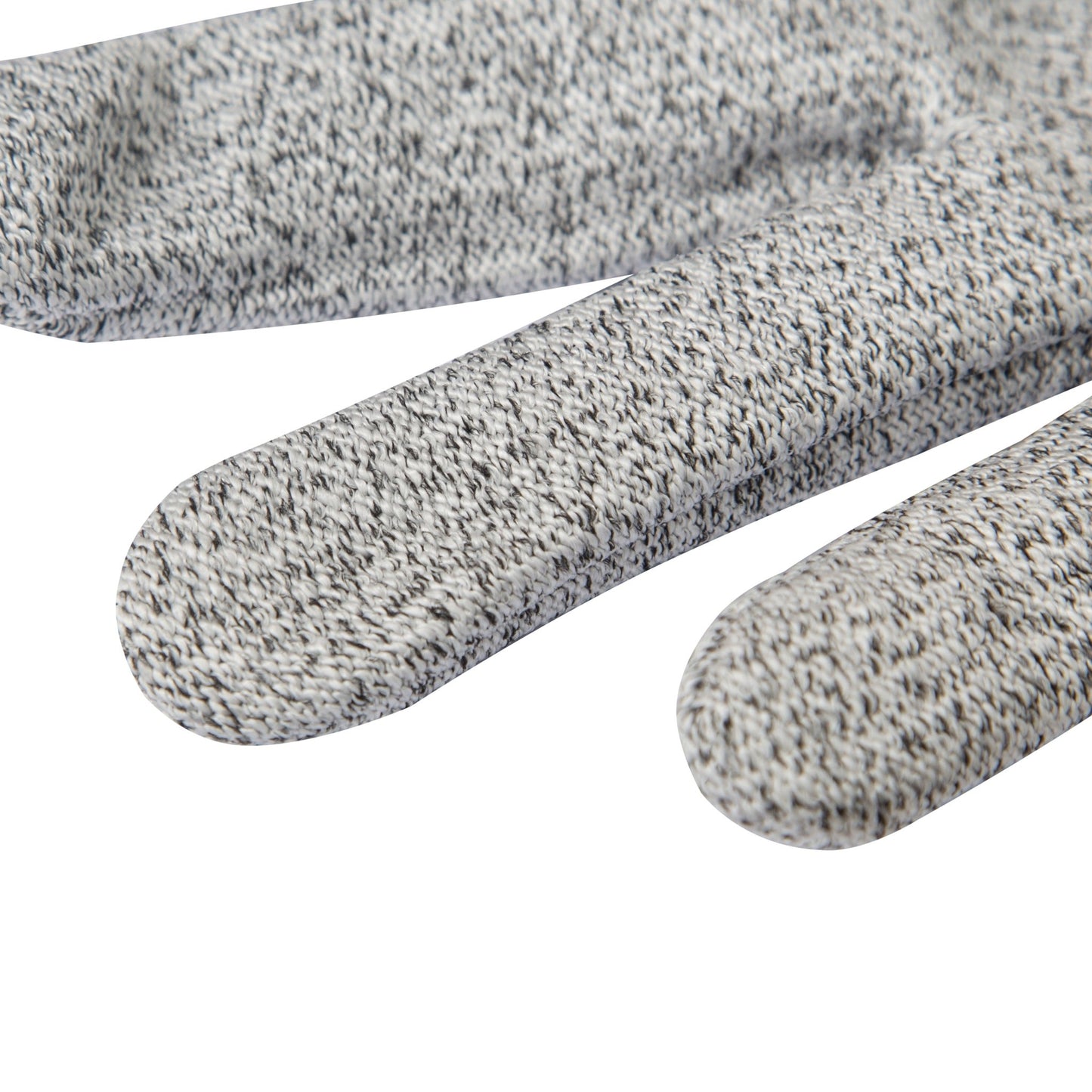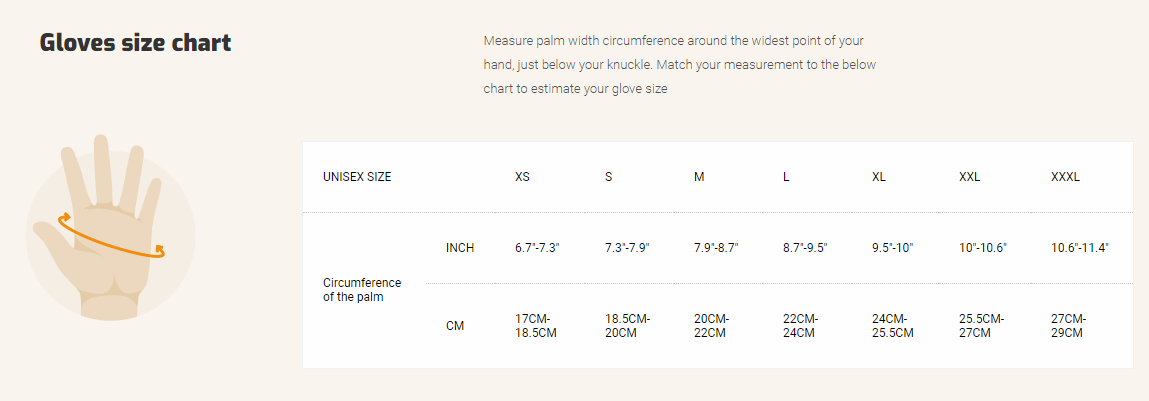What Is the Difference Between Cut D and Cut 5 Gloves?
When selecting protective gloves for industrial, kitchen, or mechanical work, understanding cut resistance levels is essential for safety. Two common terms you may encounter are Cut D and Cut 5 gloves. This article explains the differences between these glove types, their protection levels, materials, and ideal applications. We also highlight the Seibertron S-Flexible 01 gloves, which offer Level 5 protection and are suitable as food grade work gloves, kitchen safety gloves, and mechanic cut resistant gloves.
Understanding Cut Resistance Levels
Cut resistance is measured by standards such as the European EN 388 and the American ANSI/ISEA 105. These standards classify gloves by their ability to resist cuts from sharp objects. The levels range from A1 (lowest) to A9 (highest) in ANSI, and from A to F in EN 388, with corresponding letter or number designations.
What Does Cut D Mean?
Cut D refers to the EN 388 cut resistance level, which corresponds to a force of 15 to 22 Newtons (N) required to cut through the glove material using the ISO 13997 test. It is considered a high cut protection level suitable for handling sharp metal parts, glass, and other hazards.
What Does Cut 5 Mean?
Cut 5 refers to the ANSI/ISEA 105 cut level, which corresponds to a similar high cut resistance rating. It indicates that the glove can withstand a cut force of approximately 2200 grams (22 Newtons), making it suitable for heavy-duty applications.
“Cut D (EN 388) and Cut 5 (ANSI/ISEA 105) are comparable high-level cut resistance ratings, both indicating strong protection against sharp objects.”
Key Differences Between Cut D and Cut 5 Gloves
- Standard System: Cut D is based on the European EN 388 standard, while Cut 5 is from the American ANSI/ISEA 105 standard.
- Testing Method: EN 388 uses the ISO 13997 test measuring force in Newtons; ANSI uses a gram-weighted blade test.
- Rating Scale: EN 388 levels range from A to F; ANSI levels range from A1 to A9.
-
Protection Level: Both Cut D and Cut 5 represent high cut resistance suitable for demanding tasks.

Materials Commonly Used in Cut D / Cut 5 Gloves
Gloves rated Cut D or Cut 5 often use advanced materials such as:
- HPPE (High-Performance Polyethylene): Lightweight, strong fibers that provide excellent cut resistance without sacrificing dexterity.
- Glass Fiber: Sometimes combined with HPPE to enhance cut resistance.
- Kevlar®: Aramid fibers known for heat resistance and cut protection.
- TPR (Thermoplastic Rubber): Used in impact-resistant gloves for added protection.
Applications of Cut D / Cut 5 Gloves
Gloves with Cut D or Cut 5 ratings are ideal for:
- Mechanic Work: Protecting hands from sharp edges and tools.
- Kitchen Safety: Handling knives and sharp utensils safely.
- Food Grade Work: Gloves that meet hygiene standards while offering cut protection.
-
Industrial Tasks: Working with sheet metal, glass, and other sharp materials.

Seibertron S-Flexible 01 Gloves: Level 5 Protection Gloves
The Seibertron S-Flexible 01 gloves are a prime example of Level 5 protection gloves that combine comfort, dexterity, and high cut resistance. Made with 13G seamless knitting using HPPE fibers and glass fiber, these gloves meet the latest CE EN388 2016 Level 5 cut resistance and ANSI/ISEA A4 standards.
Their food grade work gloves certification makes them suitable for kitchen and food processing environments, while their robust construction also fits mechanic cut resistant gloves needs.
Learn more and purchase the Seibertron S-Flexible 01 gloves today.
Frequently Asked Questions (FAQ)
What is the difference between Cut D and Cut 5 gloves?
Cut D gloves are rated under the European EN 388 standard indicating high cut resistance (15-22 Newtons), while Cut 5 gloves are rated under the American ANSI/ISEA 105 standard with comparable protection. The main difference lies in the testing methods and standards used.
Are Cut D and Cut 5 gloves suitable for kitchen use?
Yes, gloves with these ratings, especially if food grade certified like Seibertron S-Flexible 01, are ideal for kitchen safety and food handling.
What materials provide Cut D / Cut 5 protection?
Common materials include HPPE, glass fiber, Kevlar®, and TPR for impact resistance.
How do I care for Seibertron S-Flexible 01 gloves?
- Hand wash with mild soap and cold water
- Air dry away from direct sunlight and heat
- Avoid machine washing or drying to maintain protection
- Inspect regularly and replace if damaged
Where can I buy Seibertron cut resistant gloves?
Purchase the Seibertron S-Flexible 01 Cut Resistant Gloves and other protective gloves at the official Seibertron store.
Conclusion
Understanding the difference between Cut D and Cut 5 gloves is crucial for selecting the right protection for your work or kitchen environment. Both represent high cut resistance levels under different standards. The Seibertron S-Flexible 01 gloves offer excellent Level 5 protection with food grade certification, making them versatile for kitchen safety gloves, mechanic cut resistant gloves, and other demanding tasks. Equip yourself with the best protection and comfort by choosing Seibertron.

